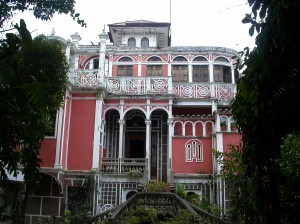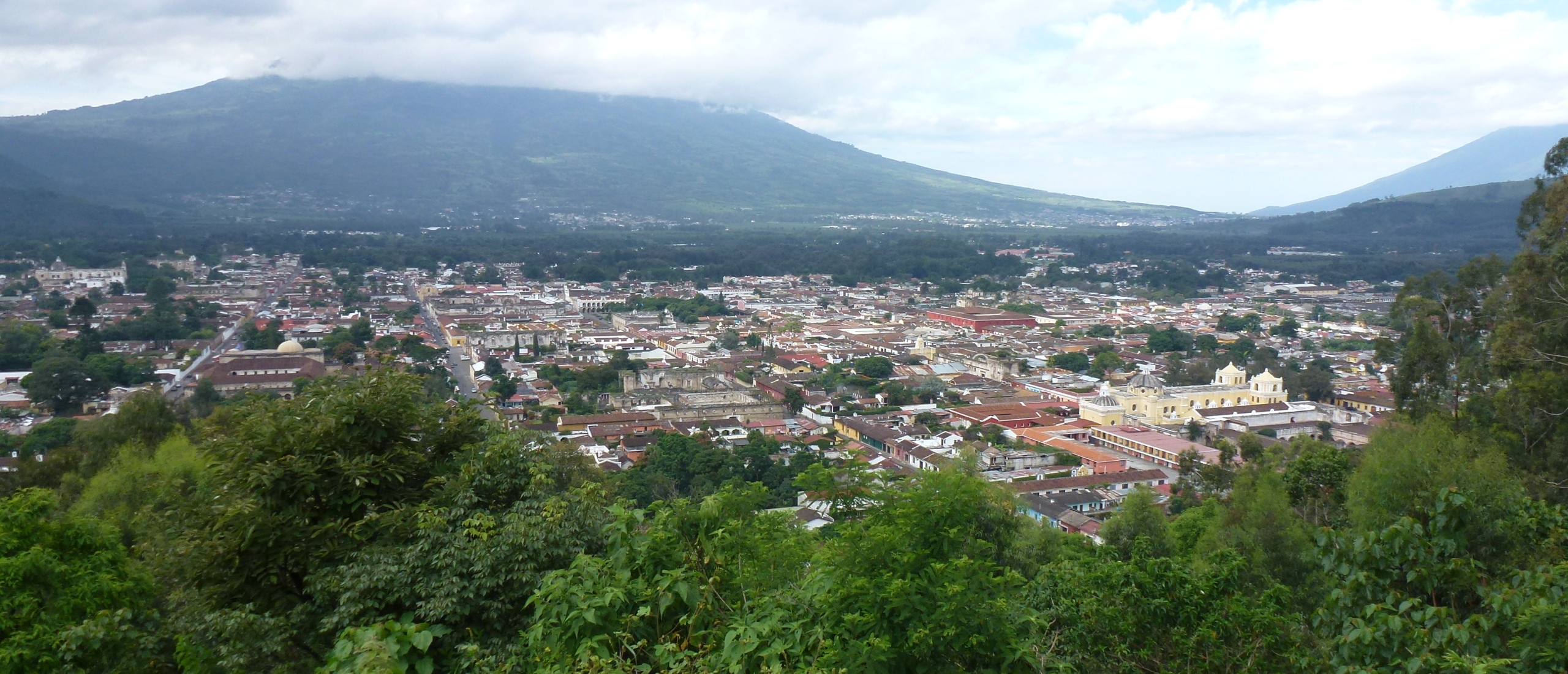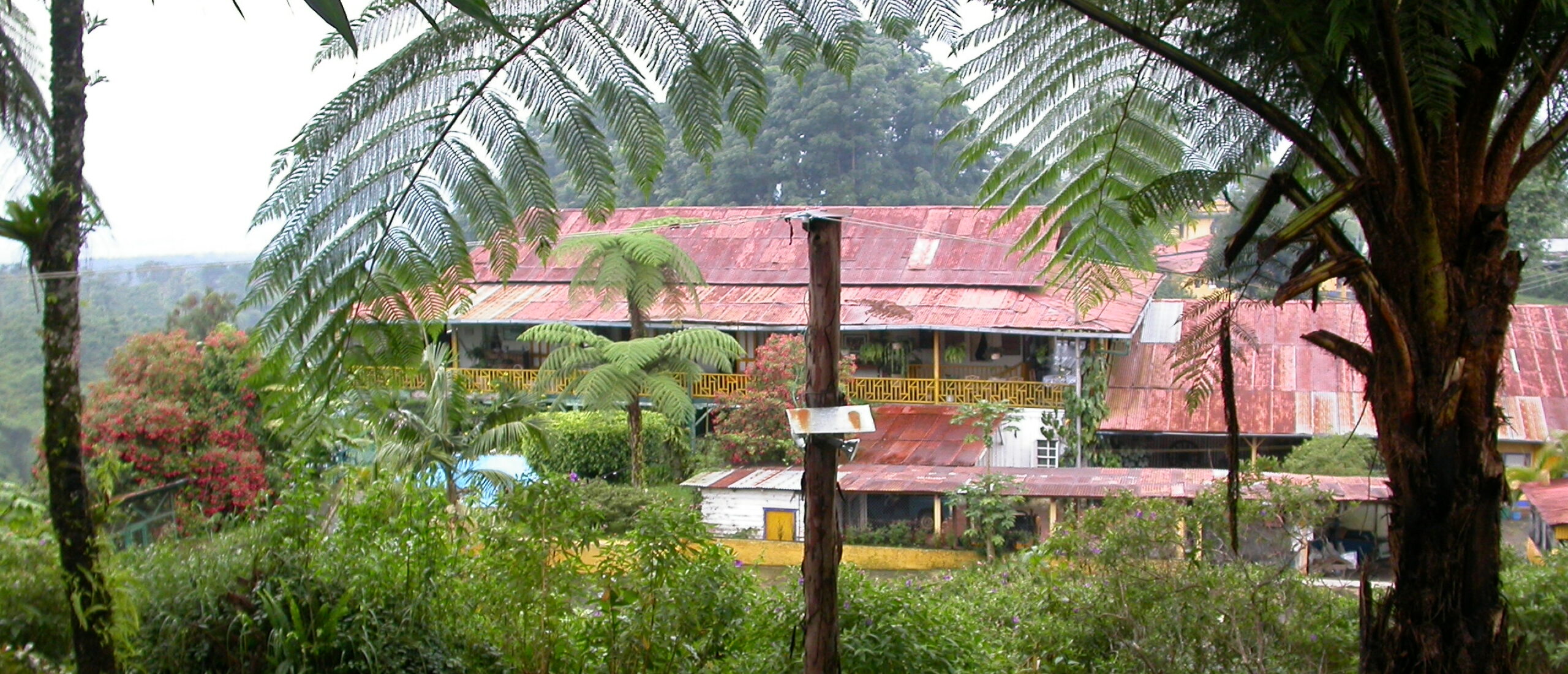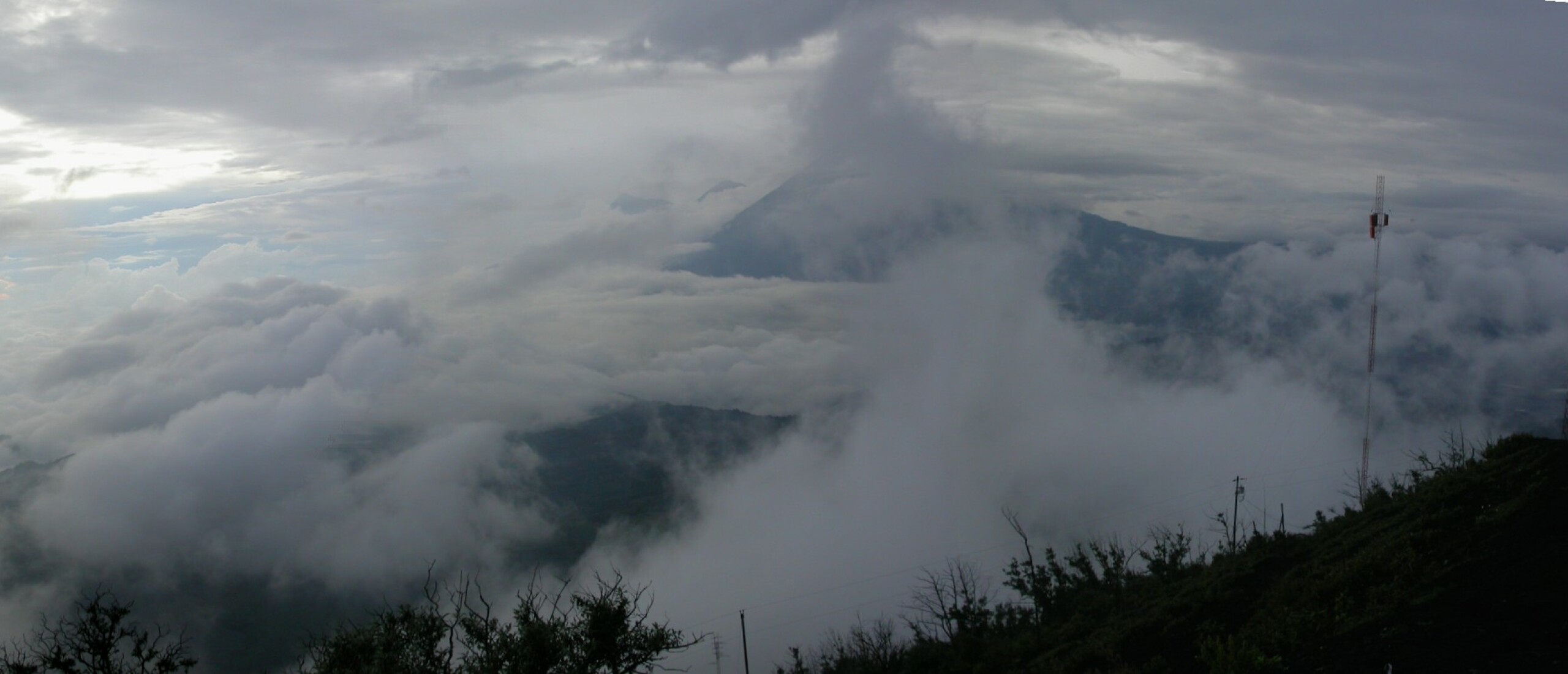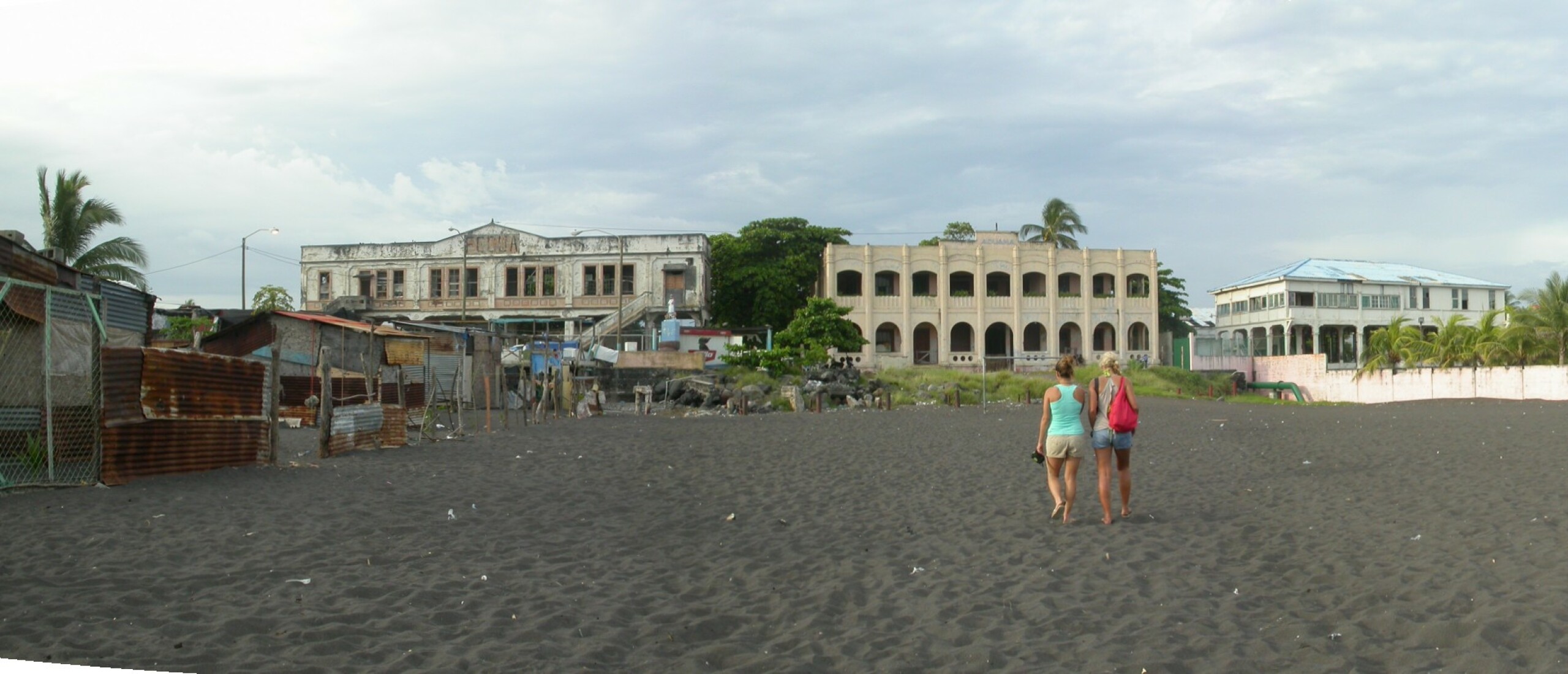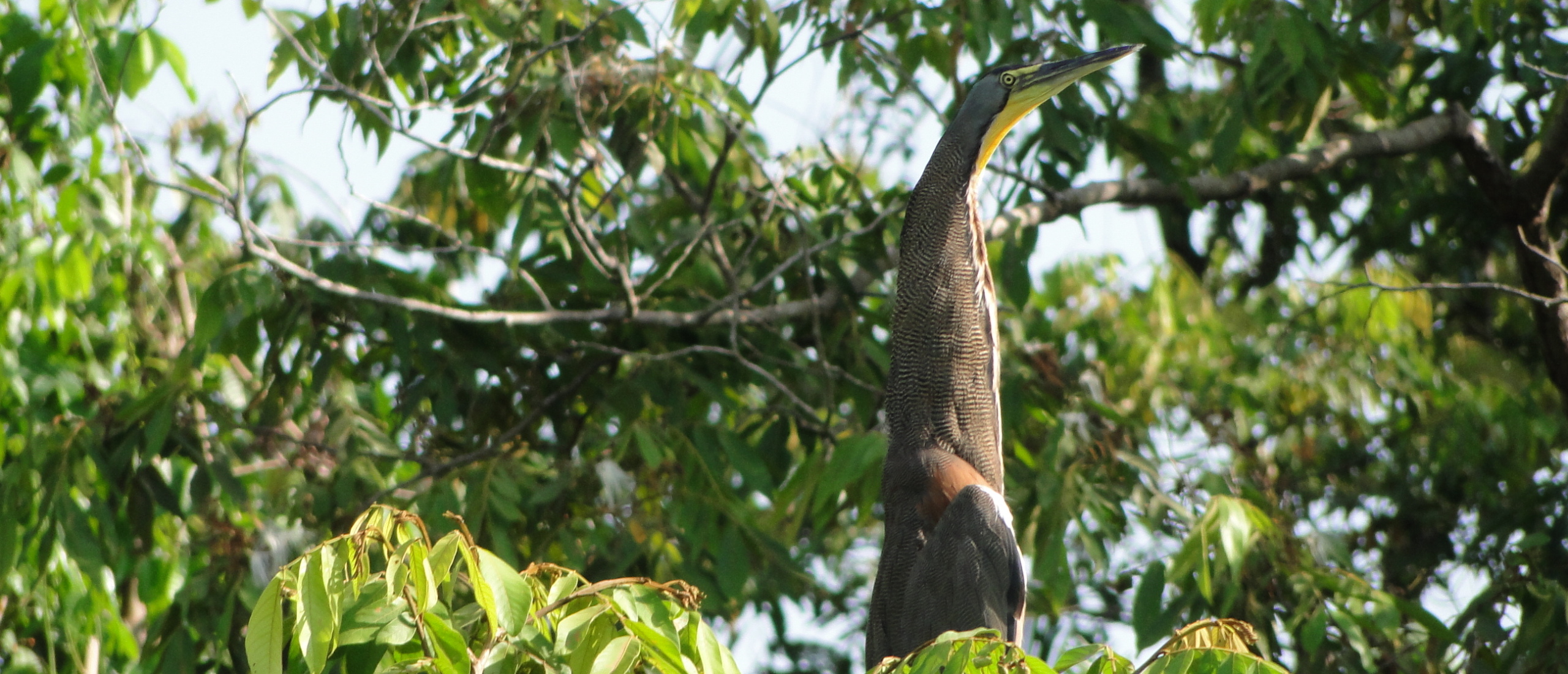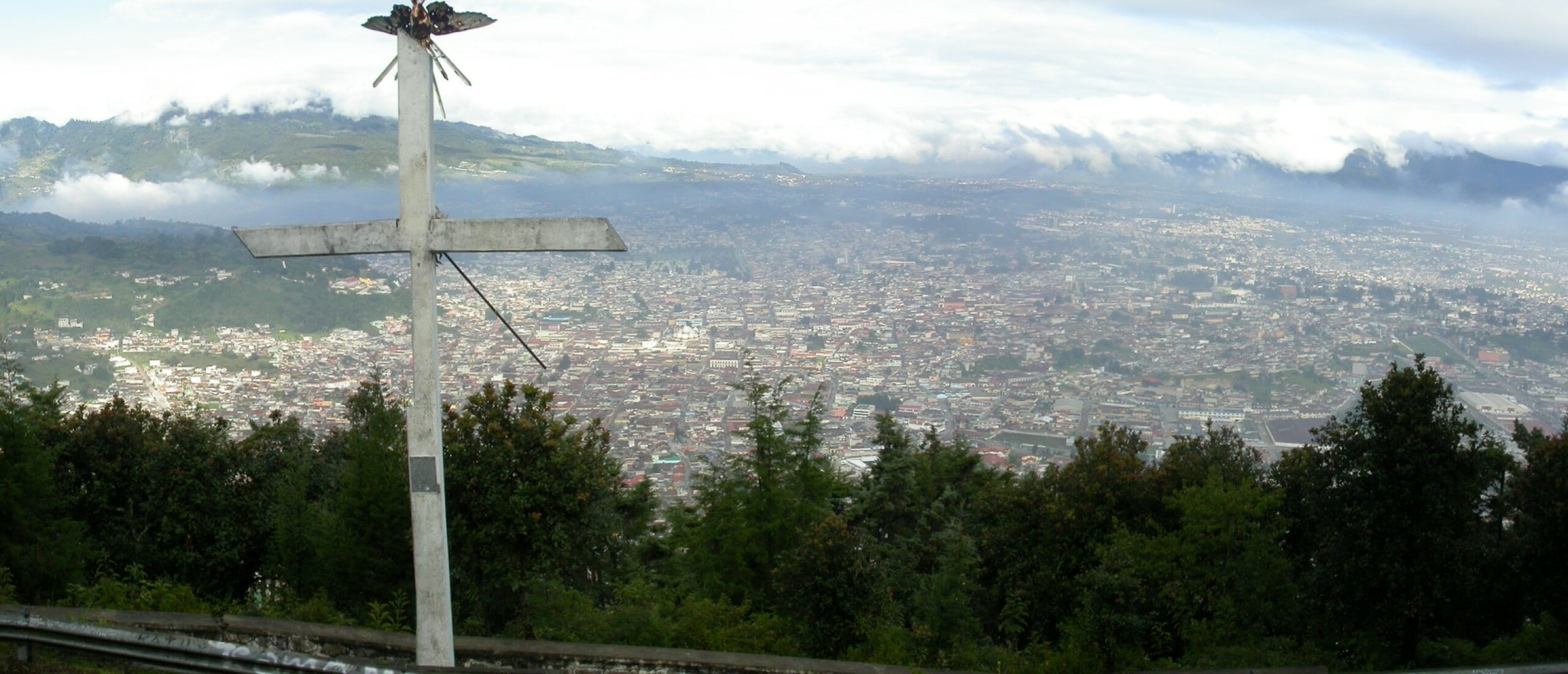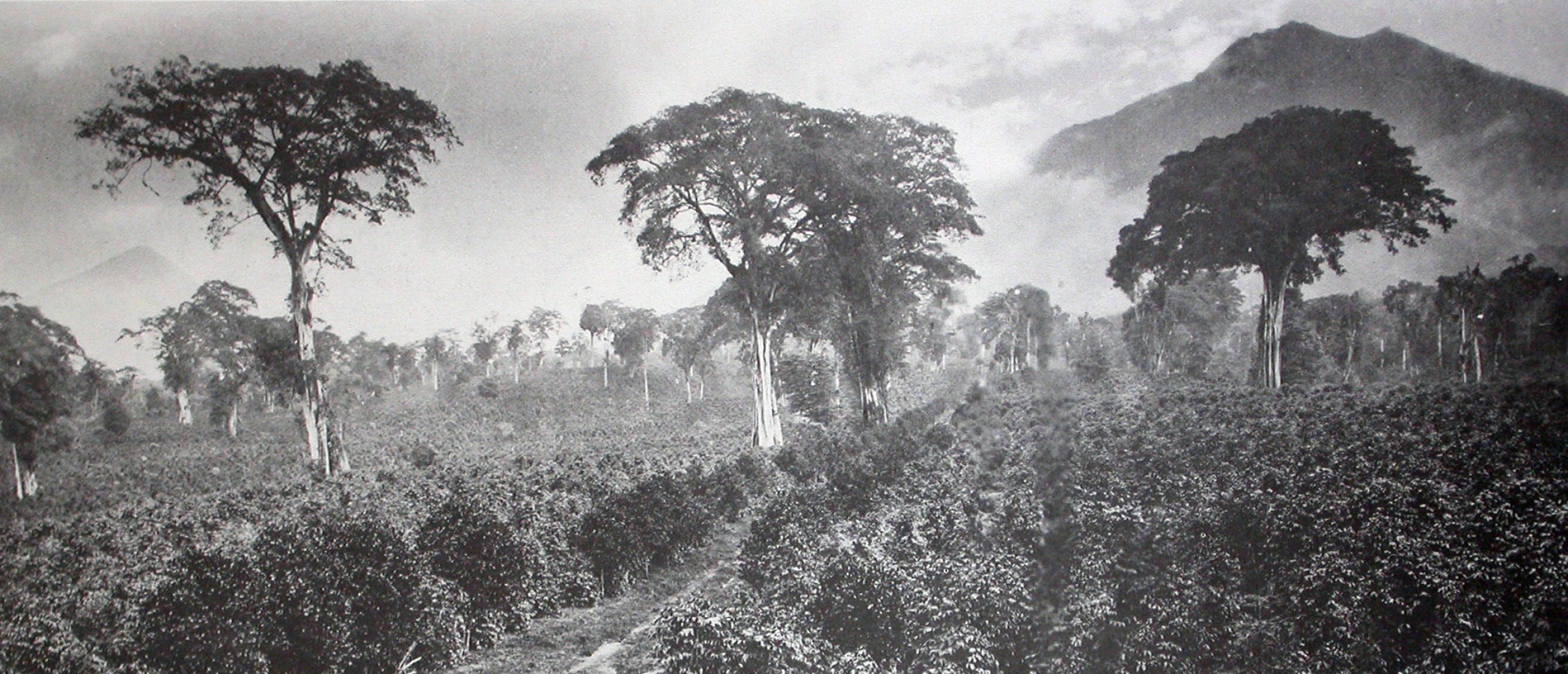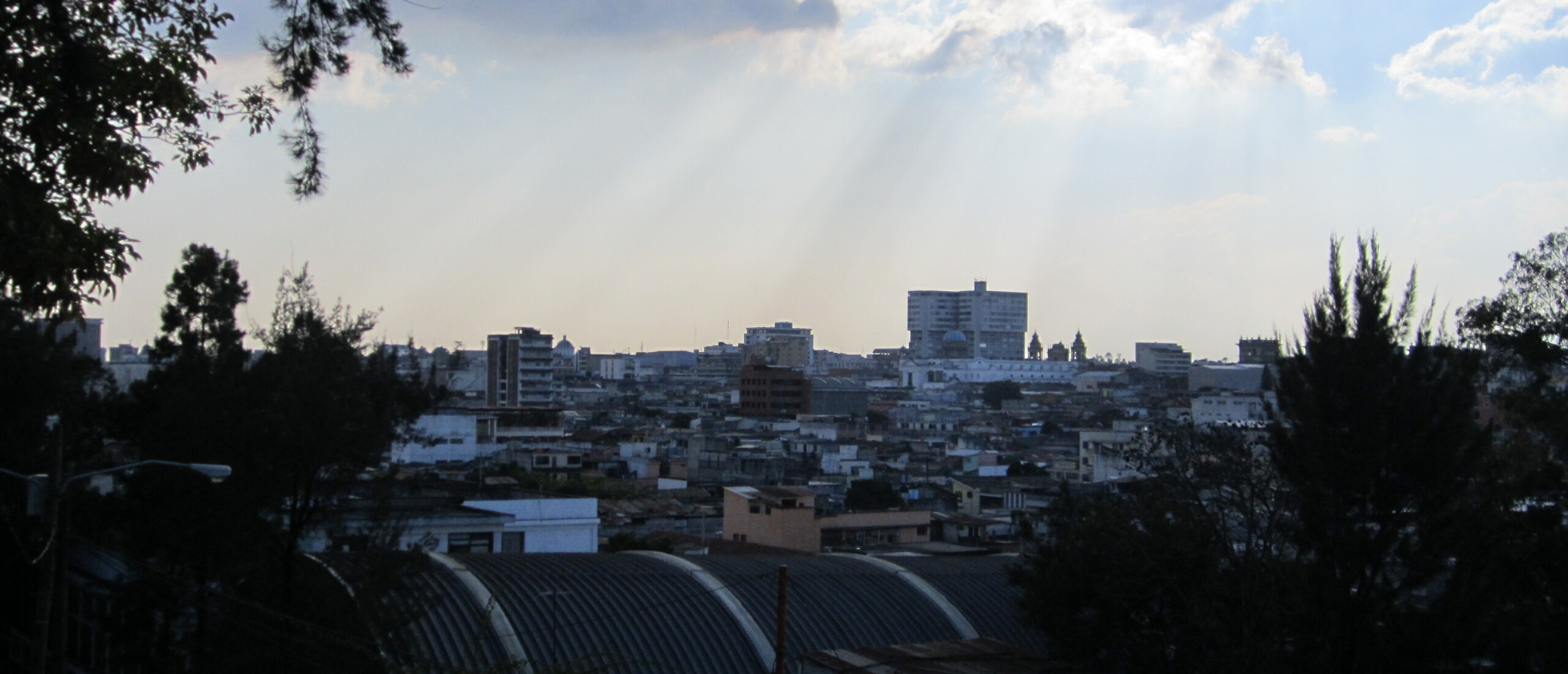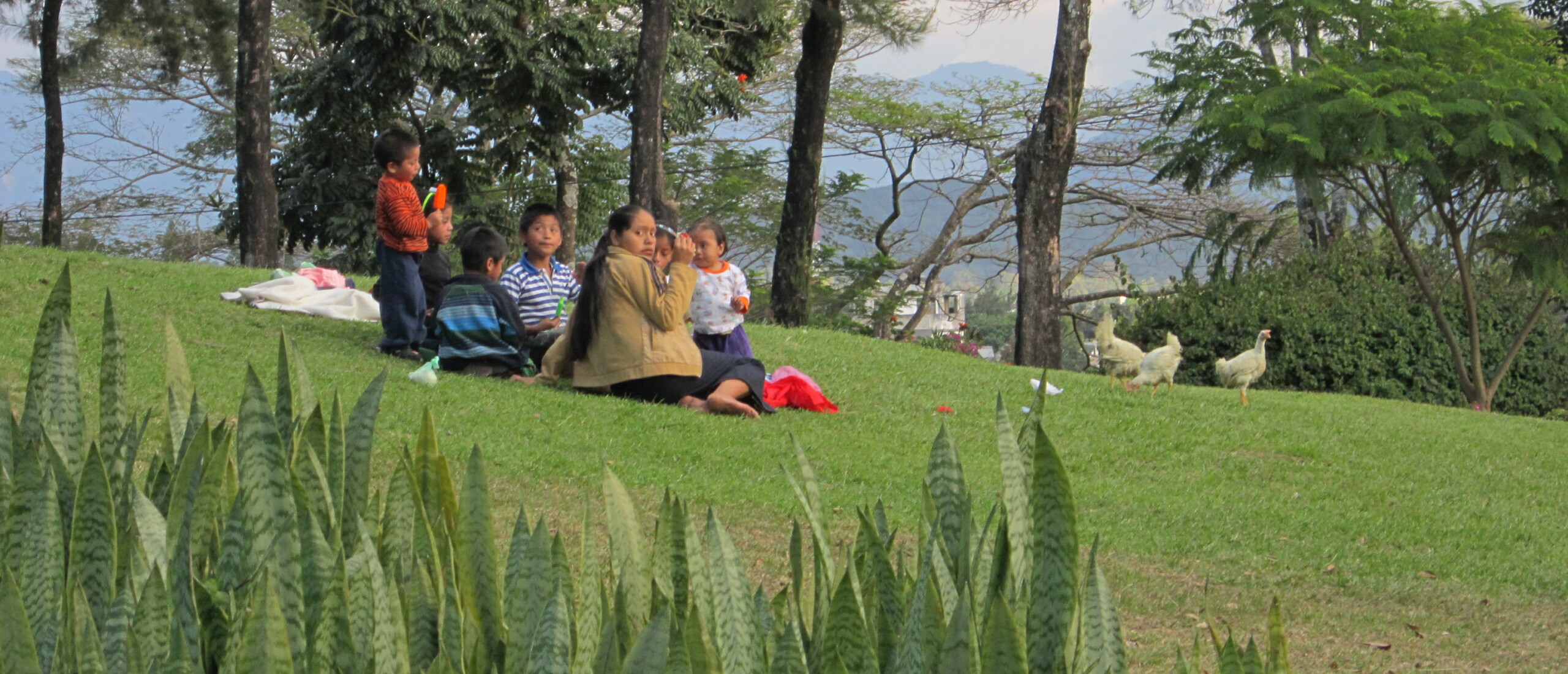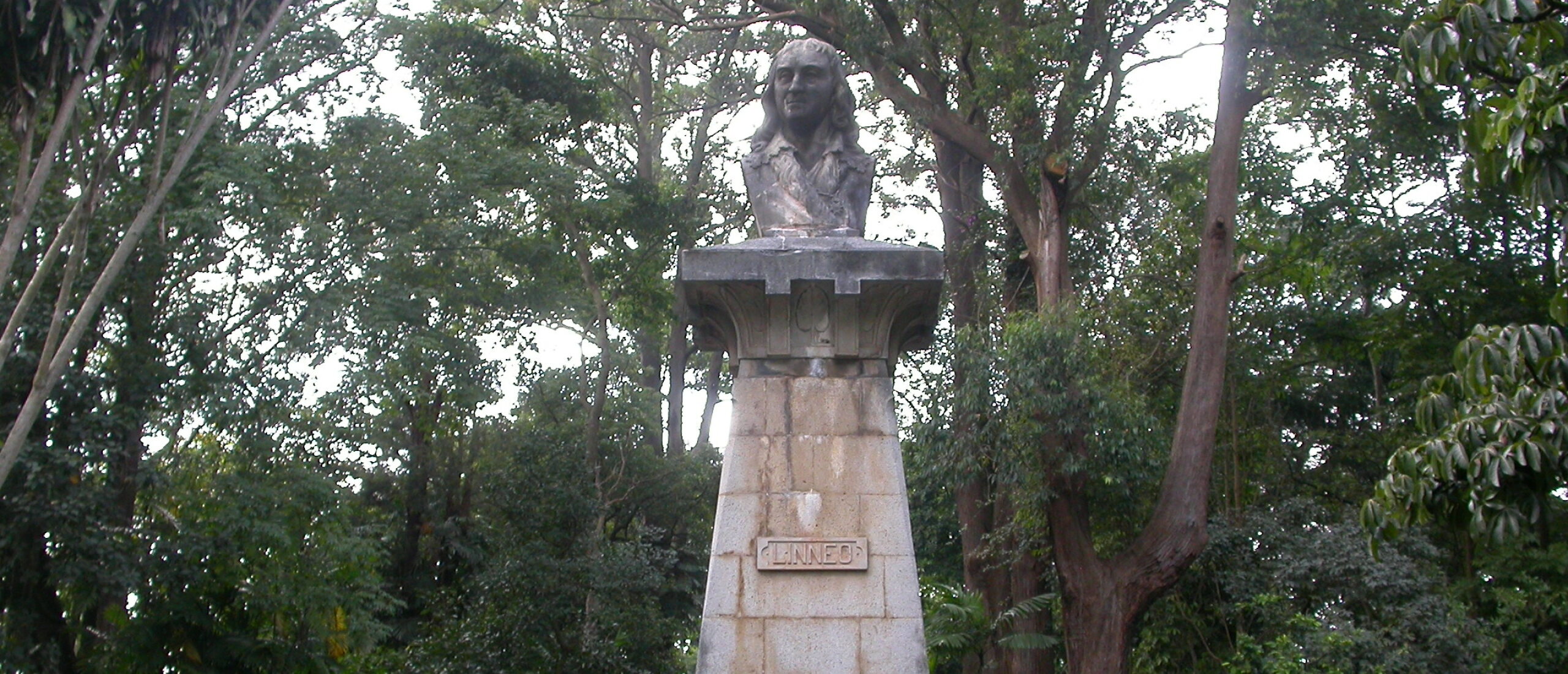
Guatemala City Today was a really interesting and varied day. We were up early, although perhaps not as early as real birders should be, and after a quick breakfast were on our way to the Botanical Garden of the Universidad de San Carlos, a real oasis of tranquillity within the hustle and bustle of Guatemala City’s traffic and fumes. Although not normally open to the public on Saturdays, our two new birding friends Annabel and Karen both work as volunteers within the gardens, and they had kindly arranged for us to have exclusive access to this walled paradise, which seemed truly like a secret garden, featuring mature trees, secluded paths and even a bust of Linnaeus in the middle.
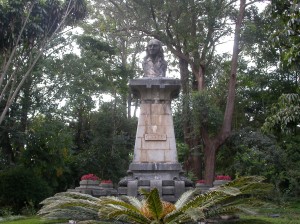 Bust of Linnaeus, Jardin Botanico
Bust of Linnaeus, Jardin Botanico
We managed to observe a number of bird species that are otherwise hard to see in the city itself, including Grey Silky-Flycatchers, Yellow-winged and Blue-grey Tanagers, Azure-crowned Hummingbirds and Golden-fronted Woodpeckers, as well as Melodious Blackbird and the ubiquitous Clay-coloured Thrush and Great-tailed Grackle.
 Birders in the Jardin Botanico
Birders in the Jardin Botanico
After a very pleasant morning here, we headed to a truly extraordinary pair of neo-Gothic buildings, the Casa and Iglesia Yurrita, the former of which was built in the 1920s, and now operates as a restaurant, where we enjoyed a late breakfast, followed by a fine photographic performance by a newly emerged Dione juno butterfly, which posed cooperatively for pictures before it took its first flight.
In the afternoon we were driven into the heart of the old city, known as Zona 1, by Annabel, who having spent much of her childhood living in this old colonial heart of the city, was able to give us extensive background information on the area, which had suffered serious neglect and become a haven for robbers and street criminals before undergoing something of a rebirth recently, with a heightened security presence on the streets to combat crime. We were dropped off in the main square in front of the imposing cathedral, and it was here that we were able to locate two of the precise spots from which pioneering photographer Eadweard Muybridge had taken his wonderful pictures in 1875, one featuring the cathedral itself from across the square, and the other looking up the main aisle inside the building itself.
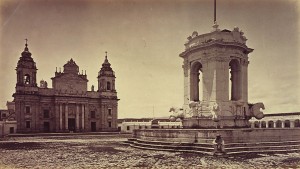 The Cathedral, Guatemala City, Muybridge, 1875
The Cathedral, Guatemala City, Muybridge, 1875
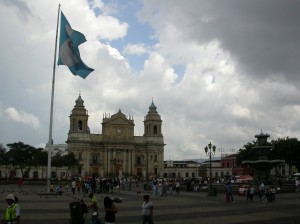 The Cathedral, Guatemala City, 2011
The Cathedral, Guatemala City, 2011
A short walk around the blocks adjacent to the main square brought us to another place of considerable historical significance for me: the Gran Hotel. Now sadly derelict and very forlorn-looking, it was in this building that my great grandfather George lodged during his first month in Guatemala in 1879, and where he stayed on several of his subsequent visits to the capital. I would have loved to see inside the building, but it was barricaded and locked.
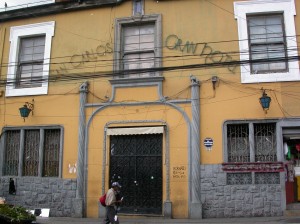 The Gran Hotel, where GCC stayed in 1879 and 1880
The Gran Hotel, where GCC stayed in 1879 and 1880
Shortly after this we were joined by our friend Brenda and her younger sister Maria Elisa, and we joined a guided tour of the magnificent Palacio Nacional de la Cultura, completed in 1944 under the orders of President Ubico…who apparently believed he was a reincarnation of Napoleon; hence the splendour of the building. Our guide battled valiantly to make herself heard during the tour, but it was a hard task due to the TREMENDOUS claps of thunder and roar of the TORRENTIAL rain that started falling outside, causing the lights, including the 122 bulbs in a splendid Czech chandelier in one of the state reception rooms, to flicker and fade worryingly! Also within the building was a temporary exhibition celebrating 100 years of Chinese – Guatemalan cooperation…but not mainland Chinese. It seems that Guatemala is one of the few nations that have maintained diplomatic relations with the Nationalist Chinese administration in Taiwan rather than recognising the Communist government in Beijing, and that the grateful Taiwanese authorities provide generous aid to the Guatemalan state. Perhaps most interesting for me was a beautiful photograph of a large flock of the highly endangered Black-faced Spoonbill, which nests mainly on islands off the North Korean coast and winters mainly in Taiwan. I had seen a number of these birds myself in South Korea and Japan in the late 1980s and early 90s, when it was thought that they might well become extinct. After a visit to the amazing underground handicrafts market, where Jacqueline bought presents for her children, we headed along the pedestrianised 6 Avenida, a lively street with breakdancers twirling and doing mid-air backward somersaults, and one even spinning on his head, and singers, and lined with seemingly endless shoe shops apparently all selling almost identical products, we left the old city, pleasantly surprised considering its poor reputation, described graphically in the Rough Guide as “…the run-down centro histórico, a squalid world of low-slung, crumbling nineteenth century town houses and faceless concrete blocks, broken pavements, car parking lots and plenty of noise and dirt”. All of those things are true, but somehow we enjoyed our visit.
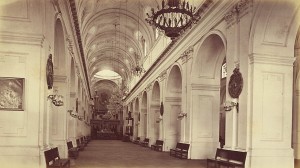 The Cathedral interior, Guatemala City, Muybridge, 1875
The Cathedral interior, Guatemala City, Muybridge, 1875
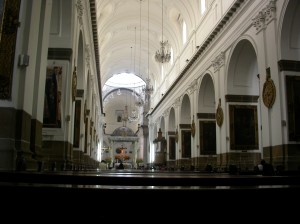 The Cathedral interior, Guatemala City, 2011
The Cathedral interior, Guatemala City, 2011
We finally returned home in order to allow Jacqueline time to do her packing, and this morning (Sunday 11th September) she flew out on an early flight to London via Dallas-Fort Worth. I am now on my own for the next leg of the adventure.


